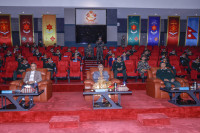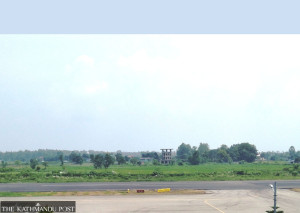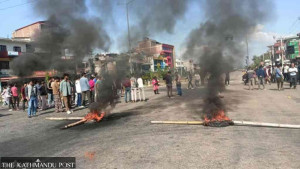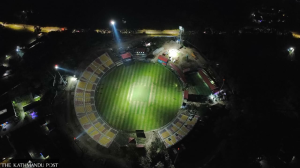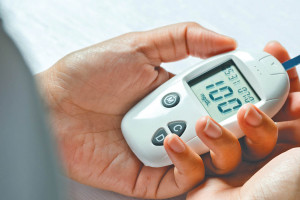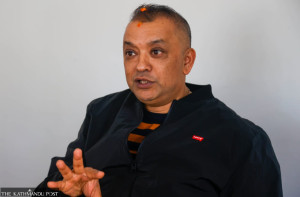National
Child marriage cases high in Jumla village
At age 35, Harimaya Bohara is married for more than 20 years. She became grandmother three years ago.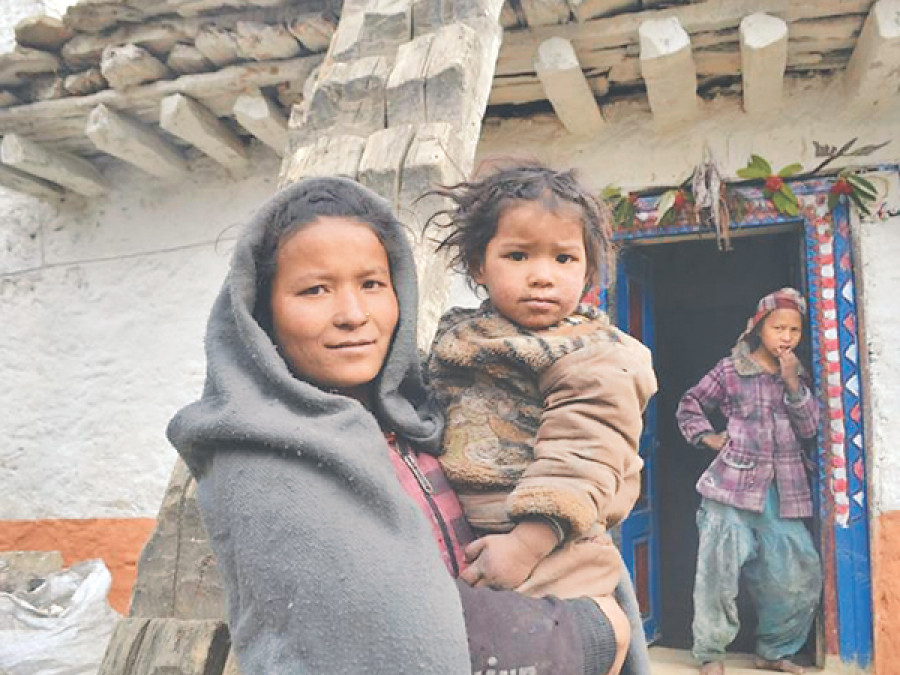
Lp Devokta
At age 35, Harimaya Bohara is married for more than 20 years. She became grandmother three years ago.
Harimaya of Tirkhu village in Dillichaur-6 of Jumla said she was just 14 when she gave birth to her first baby. I was forced to marry at an early age due to family problems, she said.
Though Nepal outlawed child marriages in 1963, the practice is still rampant in this part of the country. Around 80 percent of households in Tirkhu village have similar cases. There are 290 households in Tirkhu. According to the local authorities, there are two to four children in each household.
Another Jali Bohara, 38, of Tirkhu village said her parents married her off when she was still a child. “I have two sons and two daughters,” said Jali. “And they too are married.”
According to Jali, villagers in Tirkhu tell their sons to get married at an early age so that the families “can have an additional pair of hands to assist in work at home and field.”
Most of the children who are in lower secondary and secondary level of education are already married.
Dhanraj Bohara, 16, said illiteracy is a major factor why child marriages are continuing in the village unabated. “My family has been pressing me to get married,” said Dhanraj. “But I have no plans to oblige them. I am rather planning to start a campaign against child marriage.”
Shreeram Adhikari, officiating chief of the district-based National Human Rights Commission, intervention and awareness are a must to stop the trend.
VDC Secretary Avayaraj Regmi informed that they have no proper data about child marriages in Tirkhu. “We cannot issue marriage certificates to these couple who are still underage, as the legal age for marriage for both sexes is 20 years,” said Regmi.
According to the 2011 census, more than 750,000 women in Nepal “were married between 10 and 14 years of age”. More than half of girls/women between 15 and 19 (2.7 million out of 4.3 million) reported they were married, meaning more than 73 percent of girls are married by the time they turn 19.
Poverty and lack of awareness are the major factors which are hindering campaigns to stop child marriages, in which girls are the ultimate sufferer.
According to a 2012 report, girls who marry young suffer from pregnancy-related complications, uterine prolapse, infant and maternal mortality, malnutrition of both mother and child as well as psychological problems.
Extensive campaigns and programmes to curb child marriages have been run across the country by different organisations, but when it comes to Tirkhu village in Jumla, it seems they are yet to reach the region.
- According to the 2011 census, more than 750,000 women in Nepal “were married between 10 and 14 years of age”. More than half of girls/women between 15 and 19 (2.7 million out of 4.3 million) reported they were married, meaning more than 73 percent of girls are married by the time they turn 19
- Poverty and lack of awareness are the major factors which are hindering campaigns to stop child marriages, in which girls are the ultimate sufferer
- According to a report published in 2012, girls who marry young suffer from pregnancy-related complications, uterine prolapse, infant and maternal mortality, malnutrition of both mother and child as well as psychological problems, including depression, violent marital relations and suicides




 18.12°C Kathmandu
18.12°C Kathmandu


